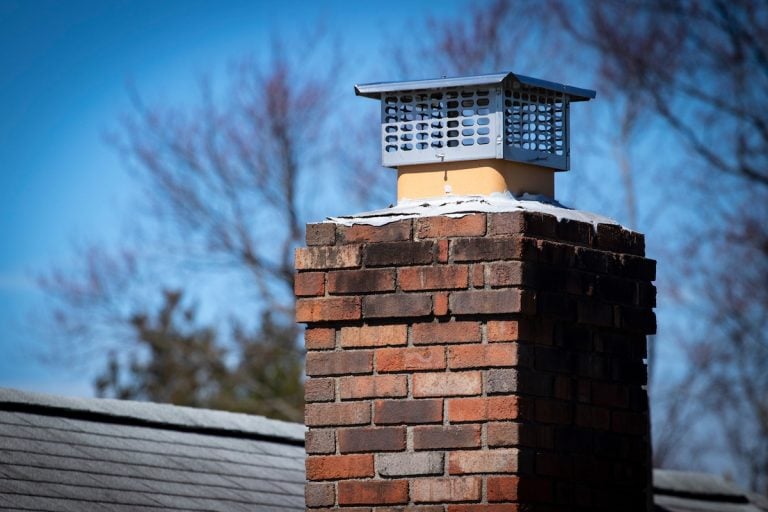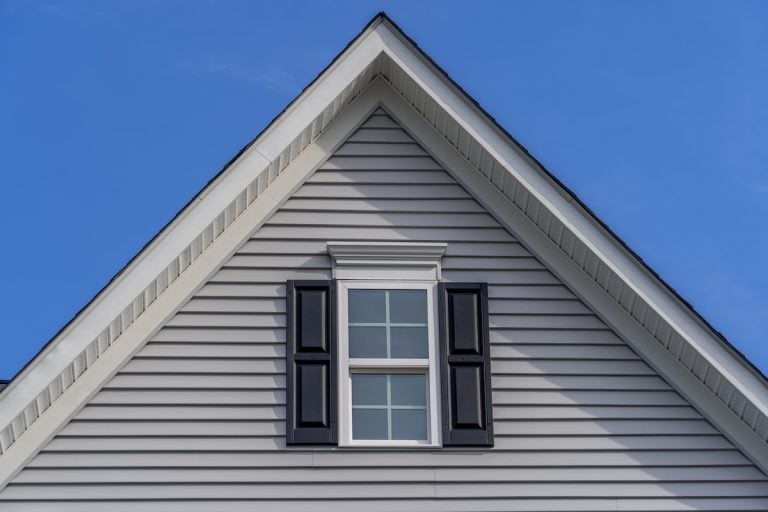One of the most common concerns from homeowners during a roofing project is, what happens if it rains while getting a new roof? Roofing is a weather-sensitive job, and unexpected rain can raise questions about delays, damage, and how your roofing contractor will protect your home in the middle of construction.
In this blog, we’ll explain:
- How roofers handle unexpected rain during installation
- What parts of your home are at risk (and how they’re protected)
- Steps you can take to prepare before and during the roofing project
💧 Can Roofing Be Done in the Rain?
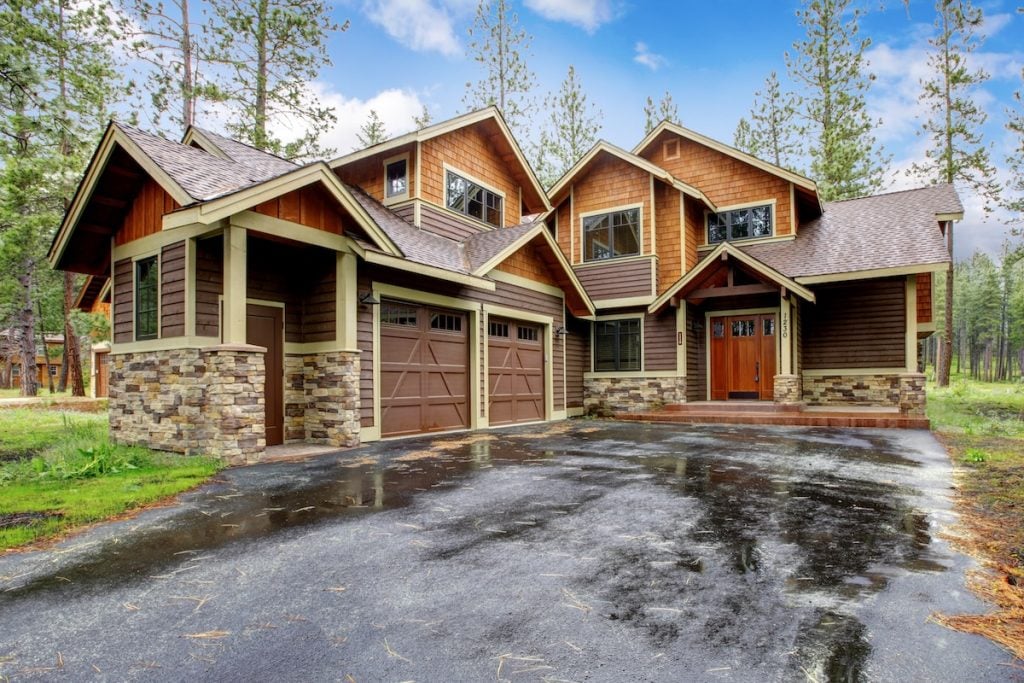
The Short Answer: Not Ideally
Professional roofers avoid installing shingles, underlayment, or decking in active rain. Wet surfaces are slippery and dangerous, and installing roofing materials on damp wood or felt can reduce adhesion and increase the risk of future leaks.
- Safety risk: Wet roofs are dangerous for crews
- Material concerns: Shingles and underlayment may not seal or adhere properly when wet
- Warranty issues: Manufacturer warranties may be voided if materials are installed in wet conditions
That said, weather forecasts aren’t perfect. If light rain arrives unexpectedly mid-project, your roofer will have a plan.
⛈️ What Happens If It Rains Mid-Roofing Project?
The Crew Pauses Installation
Most professional roofing crews will stop immediately if rain starts while the roof is exposed. Continuing work in the rain risks poor results and potential water damage.
Protection Protocols Go Into Place
- Tarping exposed areas: Any part of the roof that hasn’t been covered yet will be protected with heavy-duty waterproof tarps
- Securing roof decking: If decking has been exposed, it’s quickly dried, covered, and sealed
- Redirecting water: Temporary drainage paths are created to prevent pooling around the home’s foundation or under eaves
Rescheduling Follows
Once the rain stops, the crew will inspect all materials and surfaces for moisture. Only when everything is dry and safe will work resume.
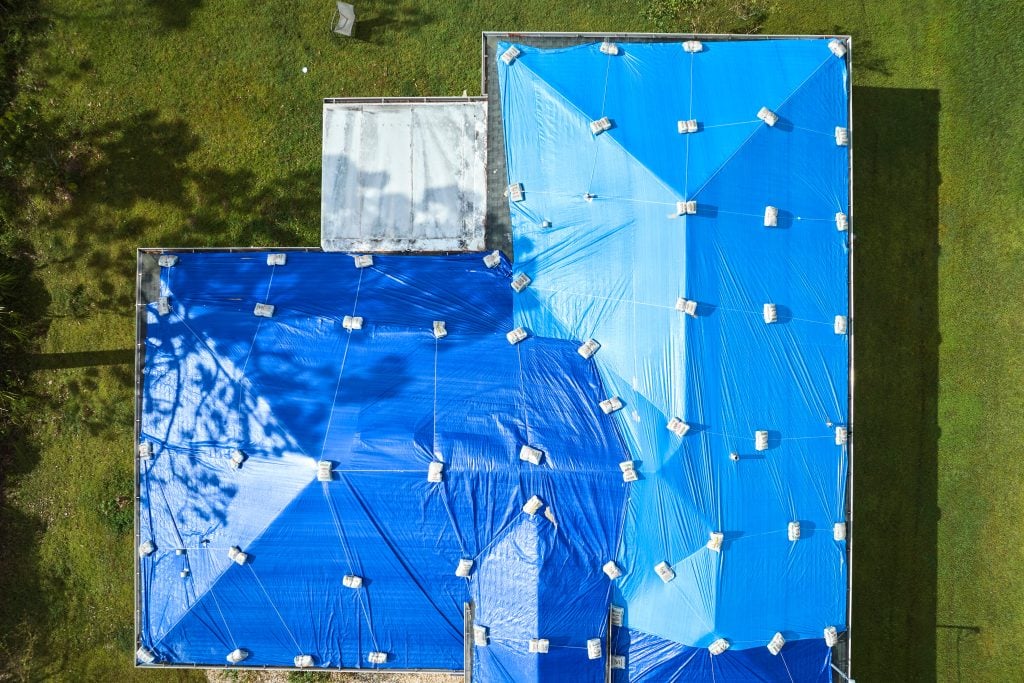
🏠 What Gets Damaged If Rain Hits a Roof Mid-Install?
Roof Decking (Plywood or OSB)
- Why it matters: Wet decking can warp, swell, or lose integrity
- What’s done: Roofers dry and inspect it carefully before moving on
Insulation and Attic Space
- Why it matters: Water can soak insulation and reduce its effectiveness
- What’s done: If water enters the attic, insulation may need drying or replacement
Interior Ceilings or Drywall
- Why it matters: Leaks from an exposed roof can cause stains or sagging
- What’s done: A quick response with tarps or plastic sheeting inside prevents most damage
💪 How Roofing Companies Prepare for Weather Interruptions
Monitoring the Forecast
Roofers always review weather conditions before starting a job. Most won’t begin tear-off if there’s a significant chance of rain that day.
- Start early: Roofing crews often begin early in the morning to get ahead of potential afternoon storms
- Day-by-day scheduling: If rain is forecast, your project may be delayed a day or two to avoid risks
Staging Materials
To avoid exposing too much of the roof at once, many crews work in small sections:
- Tear off only what can be replaced the same day
- Cover sections as they go
- Use fast-curing adhesives and nails to keep materials secured quickly
🤔 What You Can Do As a Homeowner
Check the Weather Too
- Why it matters: While your roofer will watch the forecast, it’s good for you to be aware as well
- Tip: If you see an incoming storm, feel free to confirm the plan with your contractor
Ask About Rain Contingency Plans
- Why it matters: Not all roofers take the same precautions
- Tip: Ask how they’ll protect your home if it rains mid-project
Move Items From the Attic
- Why it matters: Even brief exposure could lead to leaks
- Tip: Move valuables or sensitive items until the new roof is fully installed
Be Flexible With Timing
- Why it matters: Weather delays are sometimes unavoidable
- Tip: Understand that pushing the job back by a day may protect your home in the long run
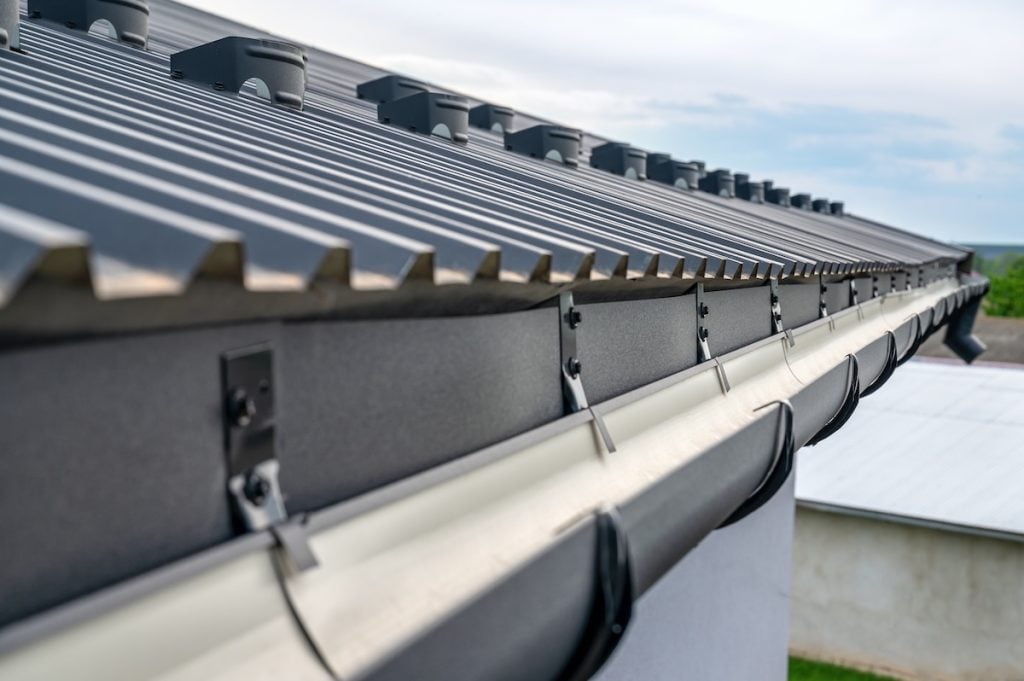
✅ 5 Key Facts About Roofing and Rain
- Shingles should not be installed on wet surfaces: Wet decking prevents proper sealing and may trap moisture.
- Underlayment must stay dry: Roofing felt or synthetic underlayment loses effectiveness when saturated.
- Tarping is temporary protection: It helps during a storm, but the crew will still need to dry and recheck surfaces before moving forward.
- Moisture can void warranties: Installing on damp wood can impact manufacturer guarantees.
- Experienced roofers plan for this: A seasoned team will know exactly what to do when the weather turns unexpectedly.
❓ FAQs About Roofing in the Rain
Can a roof be replaced in one day?
- Yes, in many cases: For standard-sized homes, roofing projects are often completed in a single day, weather permitting.
What if it rains the night before the project starts?
- No problem: Crews will assess the roof in the morning and ensure it’s dry before beginning work.
Will I need to reschedule my roof replacement?
- Possibly: If the forecast predicts heavy or ongoing rain, your roofing contractor may push the project to protect your home.
What happens if it rains while getting a new roof and I already have open decking?
- The crew will tarp everything: Fast response and waterproof barriers protect exposed sections until the weather clears.
👍 Don’t Let a Little Rain Worry You
Worried about what happens if it rains while getting a new roof? You’re not alone—but with the right contractor, there’s no need to stress. Rain delays are a normal part of the roofing process, and experienced roofers know exactly how to protect your home and keep the project on track.
When you partner with a trusted roofing company that uses industry best practices and weather protection strategies, your home will stay safe—even when the skies don’t cooperate.
Connect with Roof Medic to discuss your upcoming roofing project and how we handle every detail—including the unexpected. We’re here to deliver professional results, rain or shine.
 704.228.7788
704.228.7788 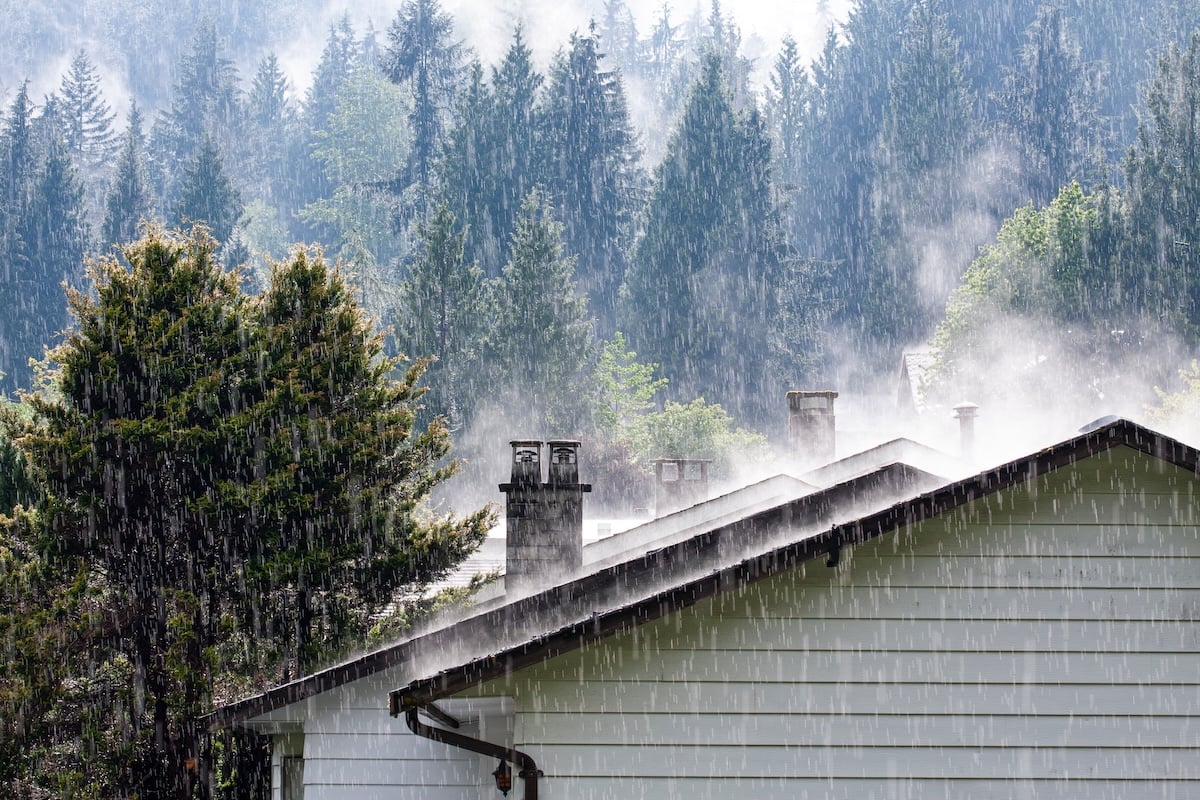
 5 minutes Read
5 minutes Read